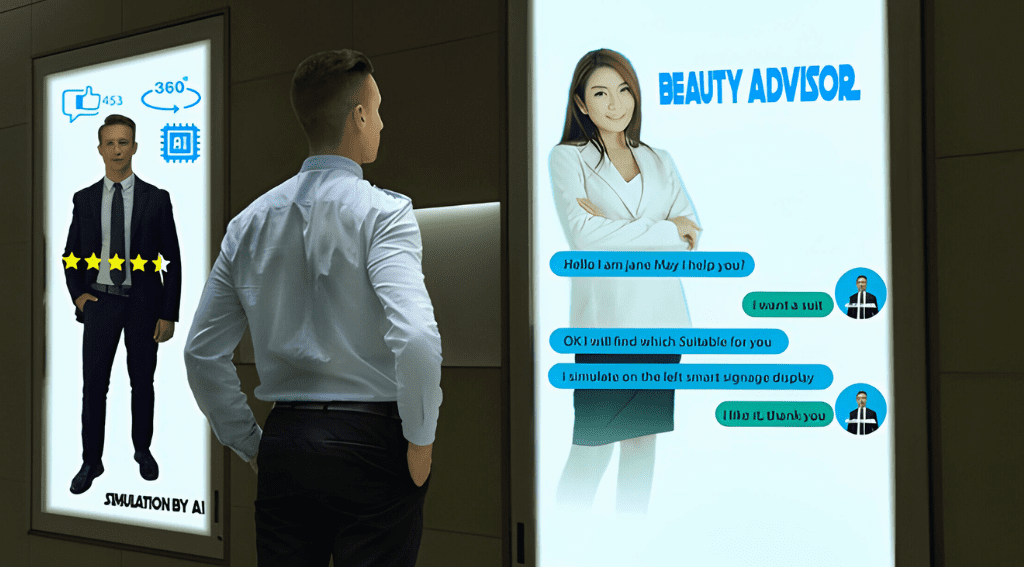The Power of Personalization: Tailoring Marketing Efforts for Better Engagement
In today’s digital age, where consumers are bombarded with countless messages and advertisements, personalization has emerged as a key differentiator in marketing. It’s no longer enough to offer a one-size-fits-all experience; customers expect brands to understand their unique needs and preferences. This expectation has given rise to personalized marketing—a strategy that leverages data and technology to create tailored experiences for each individual. But what exactly is the power of personalization, and how can it be harnessed to drive better engagement? Let’s explore how businesses can use personalization to connect with their audience more meaningfully and drive conversions. 1. Understanding Personalization in Marketing Personalization in marketing involves creating customized experiences for users based on their behavior, preferences, and demographics. This can range from simple tactics like addressing customers by their first name in emails to more complex strategies like offering product recommendations based on browsing history. The essence of personalization is understanding that every customer is unique and should be treated as such. By delivering relevant content and offers, businesses can foster a deeper connection with their audience, leading to higher engagement and loyalty. 2. The Benefits of Personalized Marketing Enhanced Customer Experience When customers feel understood and valued, they are more likely to engage with your brand. Personalization helps create a seamless and enjoyable experience, making it easier for customers to find what they are looking for and encouraging them to explore more. Increased Conversion Rates Personalized marketing can significantly boost conversion rates. When content and offers are tailored to individual needs, customers are more likely to take action, whether it’s making a purchase, signing up for a newsletter, or downloading a resource. Improved Customer Loyalty Building a personalized relationship with customers fosters loyalty. When customers know that a brand understands and cares about their preferences, they are more likely to return and become long-term advocates. Higher Engagement Levels Personalized content is more relevant and appealing, which naturally leads to higher engagement levels. Whether through email, social media, or on-site experiences, personalization captures the audience’s attention and keeps them coming back for more. 3. Strategies for Effective Personalization Collect and Analyze Data The foundation of personalized marketing is data. Collecting data from various touchpoints—such as website visits, email interactions, and social media engagement—provides insights into customer behavior and preferences. Analyzing this data helps identify trends and patterns that can inform your personalization strategies. Segment Your Audience Not all customers are the same, and segmentation is key to effective personalization. By dividing your audience into distinct groups based on demographics, behavior, or preferences, you can tailor your messaging and offers to each segment, increasing relevance and impact. Use Dynamic Content Dynamic content changes based on the viewer’s characteristics, creating a personalized experience. This can include personalized email subject lines, product recommendations, or targeted ads. Dynamic content ensures that each customer sees something tailored to their interests, enhancing engagement. Leverage AI and Machine Learning Artificial intelligence (AI) and machine learning technologies can take personalization to the next level. These tools analyze vast amounts of data to predict customer behavior and preferences, allowing for highly targeted marketing efforts. For example, AI can power recommendation engines that suggest products based on past purchases or browsing history. Personalize Across Channels Customers interact with brands across multiple channels, from websites and emails to social media and in-store experiences. It’s important to ensure a consistent and personalized experience across all these touchpoints. Integrating data and personalization strategies across channels creates a cohesive customer journey that feels tailored at every step. 4. Overcoming Challenges in Personalization While the benefits of personalization are clear, implementing it effectively can be challenging. Here are some common challenges and how to overcome them: Data Privacy Concerns With increasing awareness of data privacy issues, customers are cautious about sharing their information. Brands must be transparent about how they collect and use data and ensure they comply with regulations like GDPR. Providing value in exchange for data, such as personalized offers or exclusive content, can encourage customers to share their information. Balancing Personalization and Intrusiveness While customers appreciate personalization, there’s a fine line between being helpful and being intrusive. Brands should be mindful of not overstepping boundaries, such as using data that customers may not realize they’ve shared. The key is to personalize in a way that feels natural and respectful of the customer’s privacy. Ensuring Data Accuracy Inaccurate data can lead to poor personalization, which can harm the customer experience. Regularly updating and cleaning data ensures that your personalization efforts are based on accurate and up-to-date information. 5. The Future of Personalization As technology continues to evolve, so does the potential for personalization in marketing. Emerging technologies like augmented reality (AR) and virtual reality (VR) offer new ways to create personalized experiences. For example, AR can allow customers to see how a product would look in their home, while VR can offer immersive experiences tailored to individual preferences. Moreover, advancements in AI and machine learning will continue to refine personalization strategies, making them more sophisticated and effective. The future of personalization lies in creating truly seamless and intuitive experiences that feel natural and effortless to the customer. Conclusion Personalization is not just a buzzword—it’s a powerful tool that can transform how businesses engage with their customers. By delivering tailored experiences, brands can enhance customer satisfaction, increase conversion rates, and build lasting loyalty. As we move forward, embracing personalization will be crucial for any business looking to stay competitive in the digital landscape. So, start collecting data, segmenting your audience, and leveraging the latest technologies to create personalized marketing efforts that resonate with your customers. The power of personalization is within your reach—use it to connect with your audience in a meaningful way and drive your business success.



